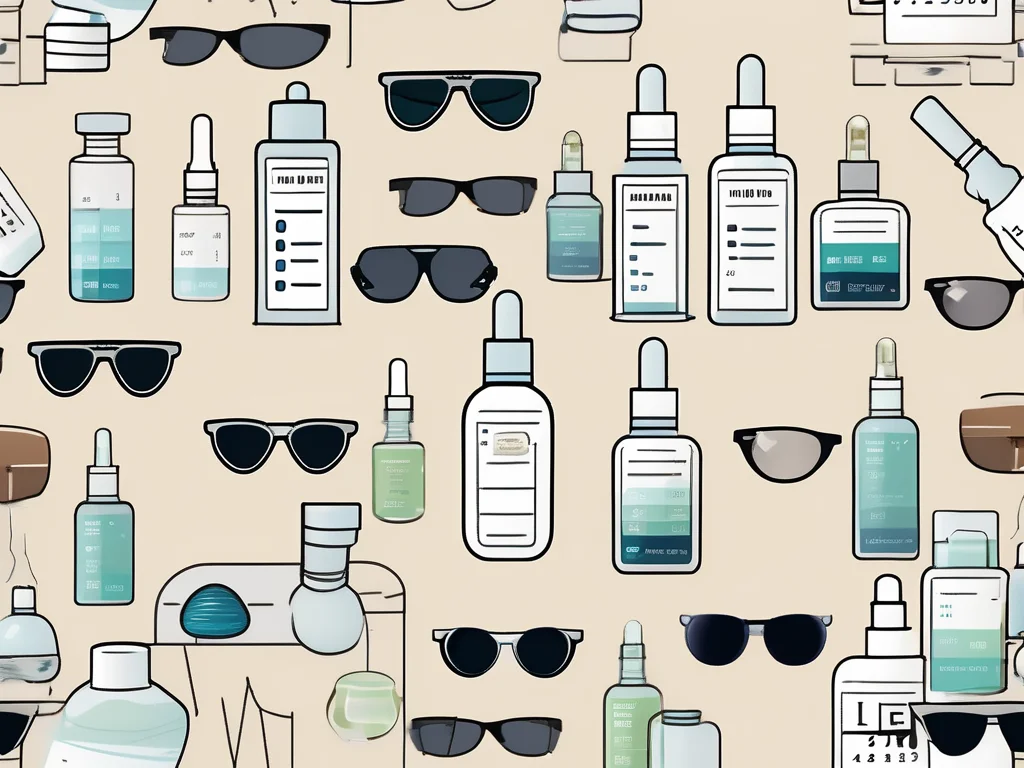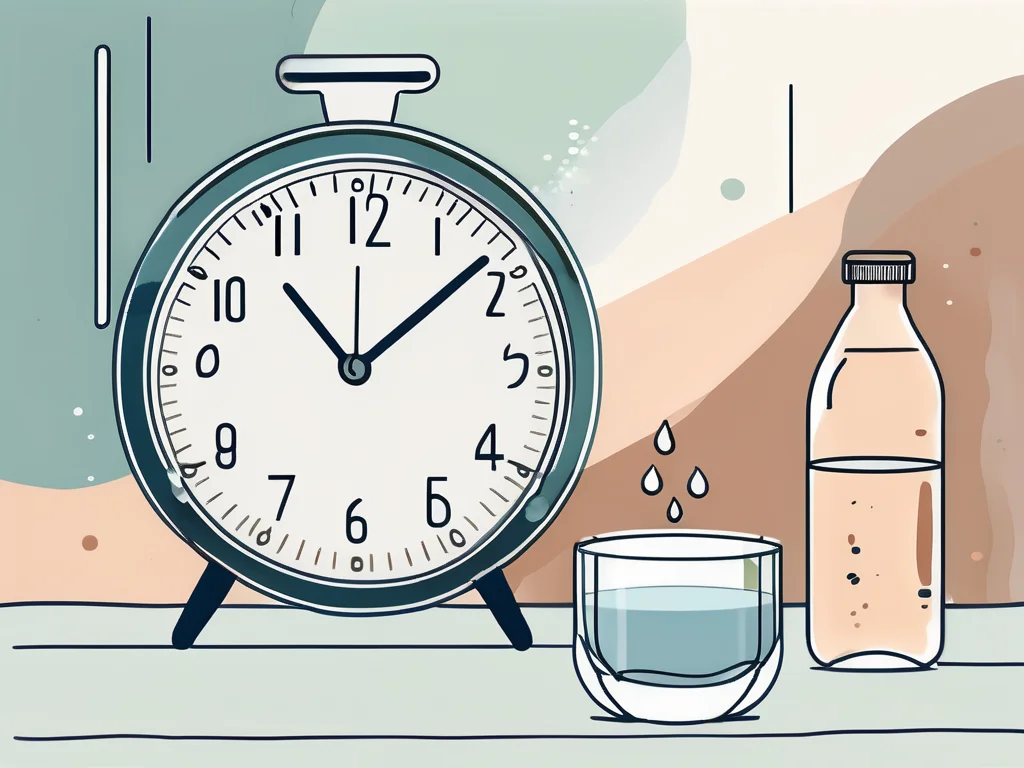Dry eyes, a common condition affecting millions globally, can cause discomfort, irritation, and even blurred vision. While over-the-counter eye drops often provide temporary relief, persistent or severe symptoms may signal the need for professional care. This blog explores when to seek an eye care professional for dry eyes, covering symptoms, causes, treatment options, and essential tips for managing this condition effectively.
What Are Dry Eyes and Why Do They Occur?
Dry eyes, medically known as keratoconjunctivitis sicca, occur when your eyes don’t produce enough tears or when tears evaporate too quickly. Tears are vital for lubricating the eyes, protecting against infections, and maintaining overall eye health. An unstable tear film, composed of oily, watery, and mucous layers, can lead to dryness, redness, and irritation.
Key Causes of Dry Eyes
- Aging: Tear production decreases with age, especially in older adults.
- Hormonal Changes: Menopause or pregnancy can affect tear quality in women.
- Medications: Antihistamines, antidepressants, or blood pressure drugs may reduce tear production.
- Environmental Factors: Dry, windy climates or prolonged screen time can worsen symptoms.
- Medical Conditions: Sjögren’s syndrome, rheumatoid arthritis, or diabetes can contribute.
- Nutritional Deficiencies: Lack of omega-3 fatty acids or vitamin A impacts tear quality.
How Do Dry Eye Symptoms Indicate a Need for Professional Help?
Mild dry eye symptoms, such as occasional irritation or grittiness, can often be managed with over-the-counter eye drops. However, certain symptoms warrant consulting an eye care professional:
- Persistent Discomfort: Ongoing dryness, burning, or stinging that doesn’t improve with eye drops.
- Severe Redness or Pain: Intense redness, pain, or sensitivity to light may indicate a more serious issue.
- Blurred Vision: Frequent or worsening vision changes that interfere with daily activities.
- No Relief from Over-the-Counter Drops: If artificial tears or lubricating drops fail to provide relief.
- Frequent Infections: Recurring eye infections or inflammation could signal an underlying problem.
When to Act: If symptoms persist for more than a few days or worsen despite home remedies, schedule an appointment with an eye care professional for a thorough evaluation.
What Types of Eye Drops Are Available for Dry Eyes?
Eye drops are a primary treatment for dry eyes, available in over-the-counter and prescription forms. Choosing the right type depends on the severity and cause of your condition.
Over-the-Counter Eye Drops
- Lubricating Drops: Add moisture to relieve mild dryness and discomfort.
- Artificial Tears: Mimic natural tears to hydrate and soothe the eyes.
- Eye Gels: Thicker formulations for longer-lasting relief, ideal for nighttime use.
Prescription Eye Drops
- Used for severe cases or when over-the-counter options fail.
- Contain medications to boost tear production or reduce inflammation.
- Require guidance from an eye care professional.
How to Choose the Right Eye Drops for Your Needs
Selecting the right eye drops involves considering several factors:
- Symptom Severity: Mild symptoms may respond to lubricating drops, while severe cases may need prescription options.
- Underlying Cause: Addressing conditions like allergies or inflammation requires specific formulations.
- Allergies or Sensitivities: Opt for preservative-free drops if you have sensitive eyes.
- Cost and Accessibility: Balance affordability with effectiveness, checking insurance coverage for prescriptions.
- Professional Advice: An eye care professional can recommend the best product after a comprehensive exam.
Tip: Avoid overusing over-the-counter drops, as they may not address the root cause and could lead to dependency.
How to Apply Eye Drops Correctly for Maximum Relief
Proper application ensures eye drops work effectively. Follow these steps:
- Wash Your Hands: Clean hands prevent contamination.
- Tilt Your Head Back: Look up to create a pocket for the drops.
- Pull Down Lower Eyelid: Gently form a small pocket with your finger.
- Administer Drops: Squeeze the prescribed number of drops into the pocket without touching the eye.
- Close Eyes: Keep eyes closed for 1–2 minutes to allow absorption.
- Wipe Excess: Remove any excess liquid to avoid irritation.
Pro Tips:
- Wait 5 minutes between different types of drops.
- Avoid blinking excessively right after application.
What Lifestyle Changes Can Help Manage Dry Eyes?
In addition to eye drops, lifestyle adjustments can alleviate symptoms:
- Blink More Often: Especially during screen time to maintain tear film.
- Use a Humidifier: Adds moisture to dry indoor environments.
- Take Screen Breaks: Follow the 20-20-20 rule (every 20 minutes, look 20 feet away for 20 seconds).
- Protect Your Eyes: Wear sunglasses in windy or dry conditions.
- Stay Hydrated: Drink plenty of water to support tear production.
- Eat Nutrient-Rich Foods: Include omega-3 fatty acids (found in fish) and vitamin A (in leafy greens) for eye health.
When Should You See an Eye Care Professional?
Consult an eye care professional if:
- Symptoms persist or worsen despite using eye drops.
- You experience severe pain, redness, or vision changes.
- Over-the-counter drops provide no relief after a few days.
- You suspect an underlying condition like Sjögren’s syndrome or an infection.
An eye doctor will perform tests to identify the cause, such as tear production or quality issues, and may recommend prescription drops, procedures, or other treatments.
Are There Side Effects to Using Eye Drops?
While generally safe, eye drops can cause:
- Temporary stinging, burning, or blurred vision.
- Allergic reactions to preservatives or ingredients.
- Potential interactions with other medications.
Precaution: Inform your eye doctor about all medications and drops you’re using to avoid complications.
Key Takeaways for Managing Dry Eyes
Dry eyes can significantly impact daily comfort, but timely action can make a difference. Use over-the-counter drops for mild symptoms, but consult an eye care professional for persistent or severe cases. Proper application, lifestyle changes, and professional guidance are crucial for effective relief. By understanding your symptoms and seeking expert advice, you can manage dry eyes and maintain healthy vision.



